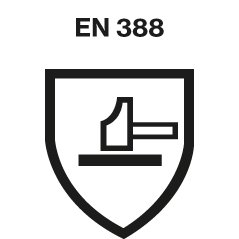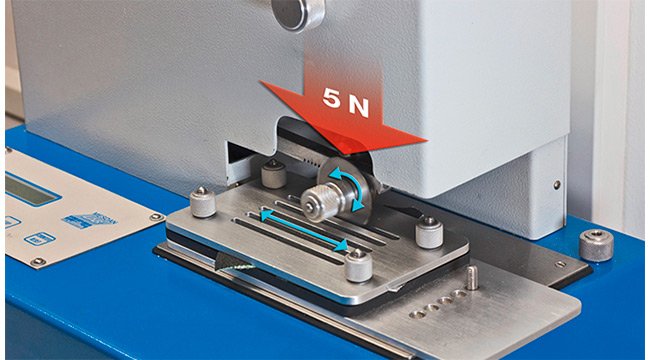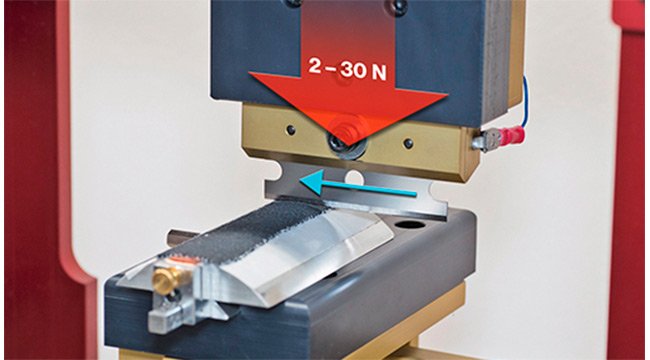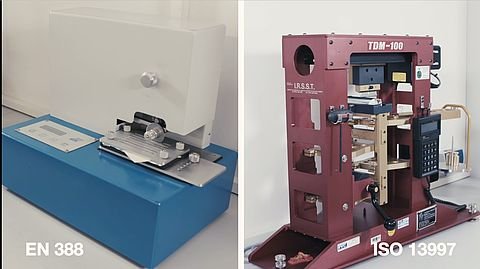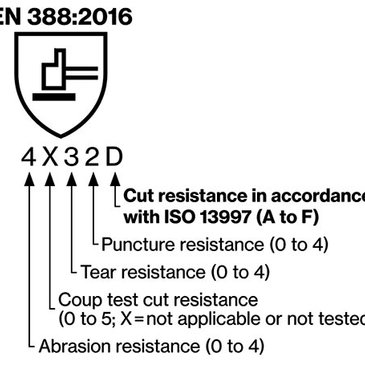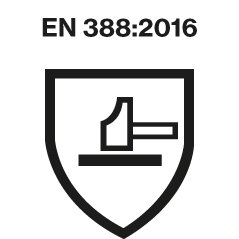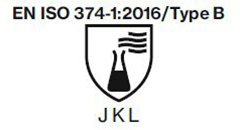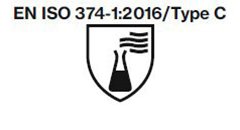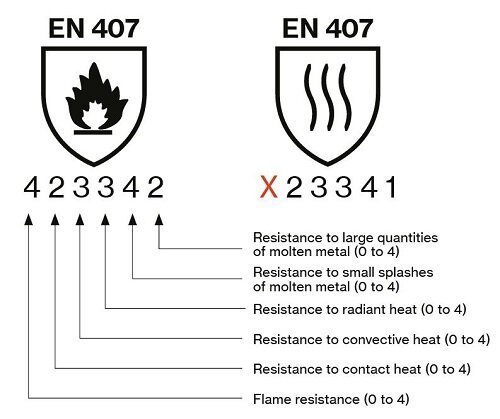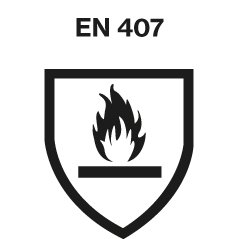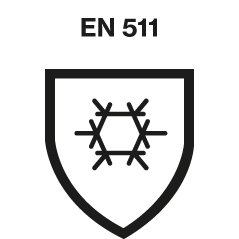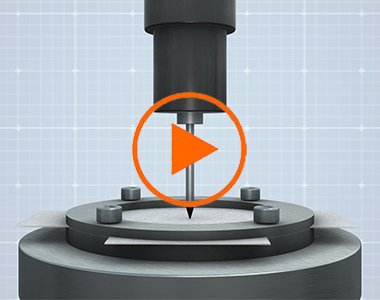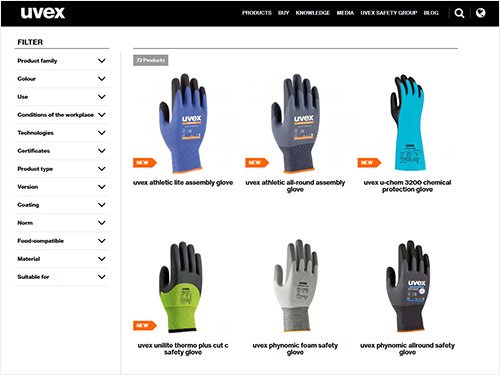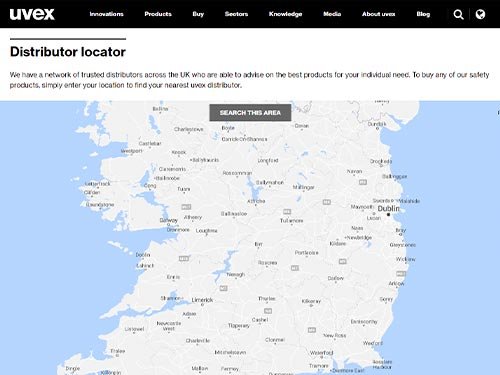Standards and directives for safety gloves
DIN EN 60903:2003 Live working – Gloves made from insulating material
DIN EN 60903-compliant safety gloves are category iii PPE. The insulation protection class of the insulating personal protective equipment (PPE) is determined according to the nominal voltage of the plant, with both the maximum permissible nominal AC voltage (AC) and the nominal DC voltage (DC) being calculated.
Labelling of safety gloves
| Insulation protection class | Max. permissible nominal AC voltage (AC) | Max. permissible nominal direct voltage (DC) |
| 00 | 500 volts | 750 volts |
| 0 | 1,000 volts | 1,500 volts |
| 1 | 7,500 volts | 11,250 volts |
| 2 | 17,000 volts | 25,000 volts |
| 3 | 26,500 volts | 39,750 volts |
| 4 | 36,000 volts | 54,000 volts |
Additional identifier
| Category | Resistant to |
| A | Acids |
| H | Oils |
| Z | Ozone |
| C | Extremely low temperatures |
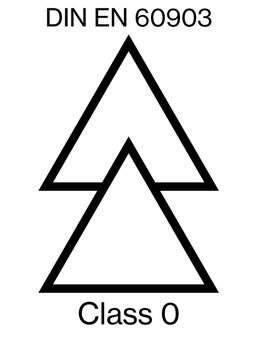
ISO 18889 Standard for safety gloves for users of crop protection products
The EN 18889 standard consists of three performance levels — GR, G1 and G2. G2 offers the highest level of protection.
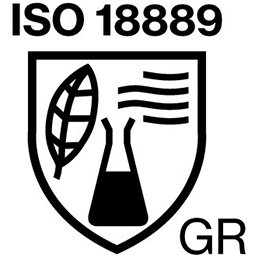
GR: Partially coated safety gloves provide protection against dried spray coatings during follow-up work
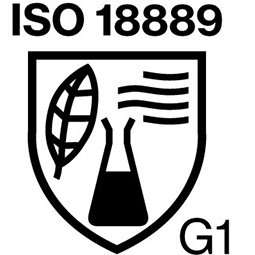
G1: Fully coated safety gloves for handling ready-to-use crop protection products.
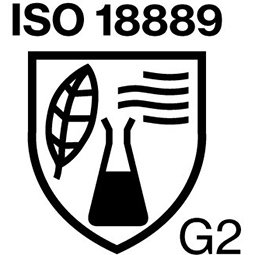
G2: Fully coated safety gloves for use with concentrated crop protection products.
ANSI/ISEA 105-2016 – Cut resistance
Cut resistance levels: The use of the TDM-100 test method is required by both ANSI/ISEA 105 and by EN 388 (for high-cut materials). However, the ANSI/ISEA standard reports results in grams on an A1-A9 scale (200- 6000 grams/2-60 Newtons).
While the A1-A9 scale is comparable to the EN 388 A-F levels which reports up to 30 Newtons (200-3000 grams/2-30 Newtons), ANSI/ISEA extends their scale by three levels to 6000 grams/60 Newtons to report high cut materials more accurately.
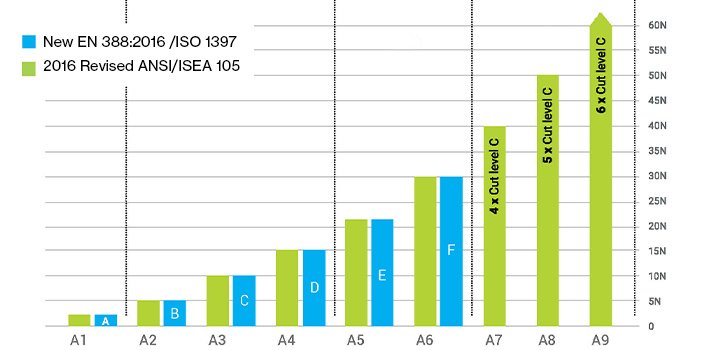
| LOW | HIGH | ||||||||
| Level | A1 | A2 | A3 | A4 | A5 | A6 | A7 | A8 | A9 |
| Weight (g) needed to cut with 1" (20mm) blade travel | ≥ 200g | ≥ 500g | ≥ 1,000g | ≥ 1,500g | ≥ 2,200g | ≥ 3,000g | ≥ 4,000g | ≥ 5,000g | ≥ 6,000g |
ANSI/ISEA 105 – Puncture & Needle Resistance
The ANSI/ISEA 105 Test
In February of 2016, the ANSI/ISEA 105 standard was updated and published to include two puncture standards: Puncture Resistance (other than hypodermic needle) and Hypodermic Needlestick Puncture. Prior to 2015, there was only one puncture test, which did not specify the type of puncture hazard the standard was created for, leaving it open for interpretation. Having both an industrial puncture standard and a hypodermic needle puncture standard allows safety managers to differentiate between what protection they need most, based on more relevant testing and classification.
ANSI/ISEA 138 – Impact protection
The ISEA 138 standard establishes the minimum performance, classification, and labeling requirements for gloves that are designed to protect the knuckles and fingers from impacts based on three performance levels:
- Performance Level 1: Results in an average peak transmitted force of less than or equal to 9 kN. - 55% of force absorbed
- Performance Level 2: Results in an average peak transmitted force of less than 6.5 kN. - 67.5% of force absorbed
- Performance Level 3: Results in an average peak transmitted force of less than 4 kN. - 80% of force absorbed
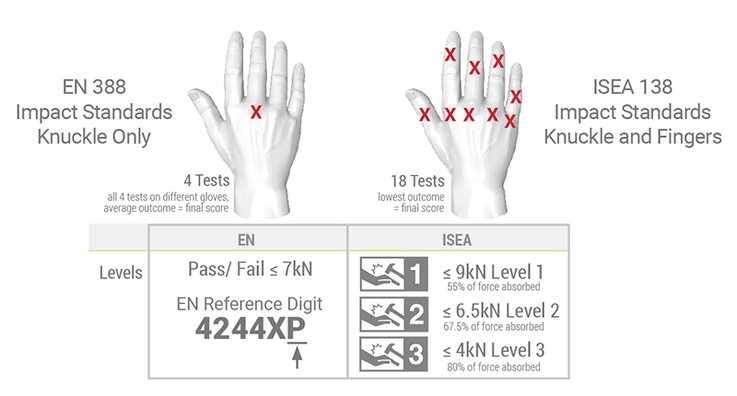
How the test works: To score gloves into their appropriate level, impact protection testing under ISEA 138 requires consistent, regulated tests on each kind of glove on two areas for impact performance: knuckles and fingers/thumb. On both gloves, knuckles are tested four times and fingers/thumb are tested five times. To start, one pair of gloves is required per test. The gloves are cut in half and the back-of-hand (where the impact protection is located) is placed on an anvil. A striker with a force of 5 Joules is dropped on the required back-of-hand locations, and the amount of force transferred through the glove back-of-hand is recorded with a force gauge that is connected below the anvil and measured in kiloNewtons (kN).
Scoring: The average of eight knuckle tests are compared to the average of the ten finger tests. The highest average of the two is the impact testing score.

